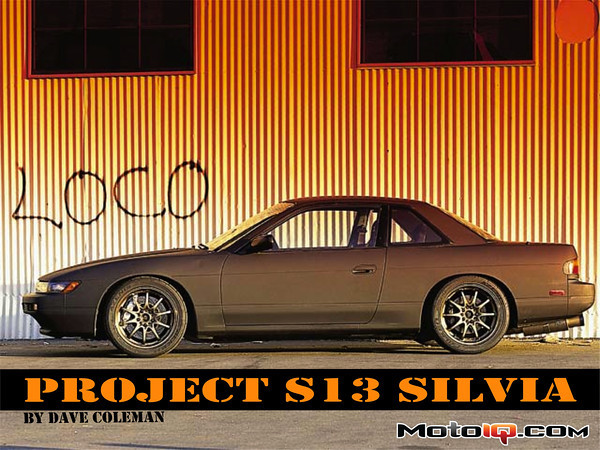,

You'll have to excuse the sloppy photo manipulation I did to properly align the tops of the pistons in the shot above. These two photos are actually two halves of the same photo, but the relevant fixed dimension is the top of the piston, not the graph paper they're sitting on. Anyhoo… Look at the wrist pin bore on the two pistons and you'll see how the custom JE piston has its pin shoved up 6.75mm to accommodate the longer rod. This puts the bore deep into the oil ring groove, but as long as the bottom plate of the oil ring is installed so its gap isn't in this pin bore, you can actually get away with this. The oil ring groove is cut extra-wide to make room for this additional bottom plate.

This is the practical limit for moving the pin up. Any more, and you effectively start weakening the piston when you either cut into the land supporting the 2nd compression ring, or pushing the whole ring pack up, reducing the material above the first compression ring. So yeah, it was kinda lucky the H22 rod was just the right length…

In addition to the friction reduction from the long K1 rod, the JE pistons further reduce friction with a whole bag of tricks. First, notice how much shorter the skirt is. That's about 1/3 less surface area dragging on the cylinder wall. Even more important, the black finish is a low-friction coating. Actually, the fact that the SR20 doesn't have such a coating is a real clue what a dinosaur the SR20 is getting to be. Pretty much all modern production engines use skirt coatings now, including the later, more technologically advanced VE versions of the SR family.


The skirts are asymmetrical because the loads on the skirts are asymmetrical. Think about it. The piston sees its biggest compressive load during the power stroke. That big bang of pressure pushing down on the piston always happens when the rod is offset in the same direction. As a result, the major thrust load into the cylinder wall is always on the same side of the piston. When the piston is on the compression stroke, the significantly lower compression pressure happens with the rod on the other side, putting a smaller side load on the minor thrust side of the piston. JE simply designs each skirt to be only as big as needed for the load it will see.
Kinda makes you wonder why all pistons aren't designed this way, doesn't it?



